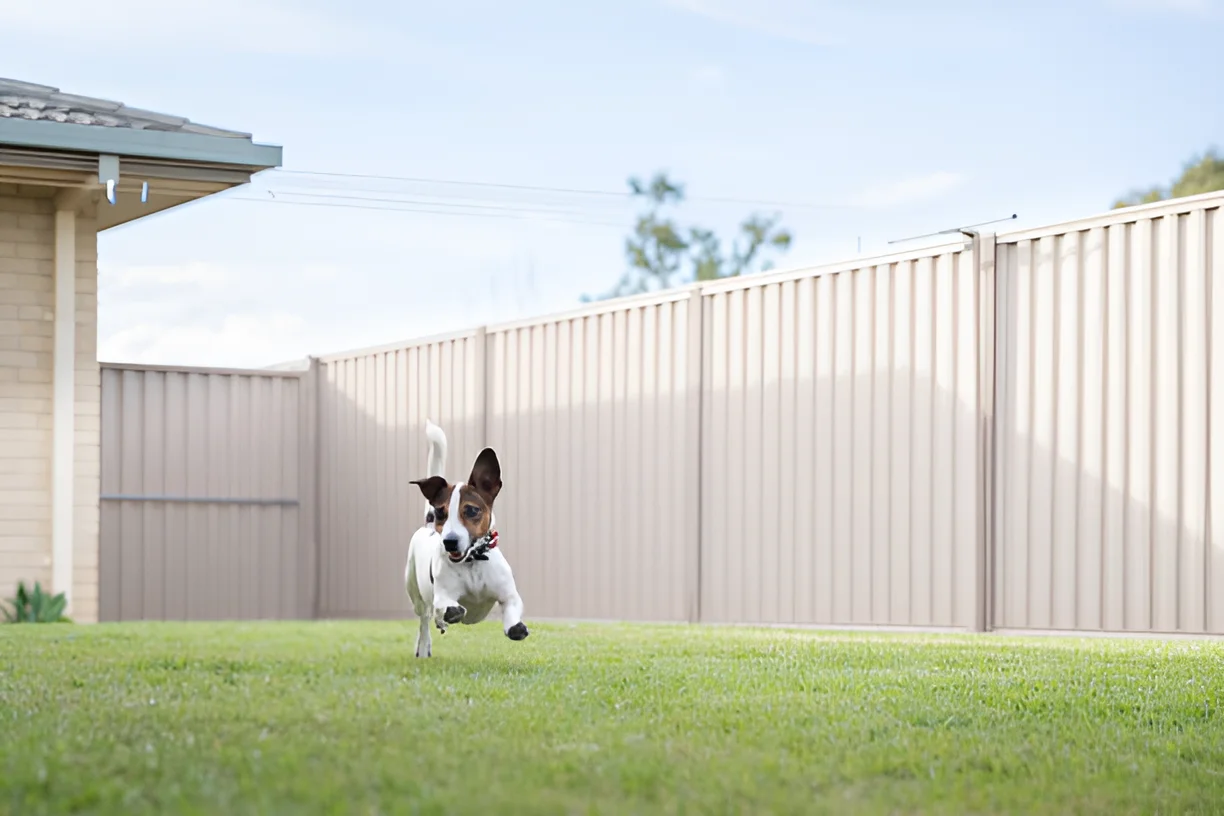Yes, leaving a dog in the yard all day can be harmful due to potential health risks, behavioral issues, and emotional distress. Understanding the needs of your dog and providing a balanced environment is crucial for their well-being.
Dogs are social animals that thrive on companionship, mental stimulation, and physical activity. While it might seem convenient to leave your dog in the yard all day, this practice can lead to various problems. This comprehensive guide will explore the potential risks of leaving a dog outside for extended periods, the signs of distress to watch for, and practical tips for ensuring your dog’s health and happiness.
The Risks of Leaving a Dog in the Yard All Day
Leaving a dog in the yard all day can expose them to several risks, including:
- Health Risks: Exposure to extreme weather conditions, lack of proper shelter, and potential injuries.
- Behavioral Issues: Development of destructive behaviors, excessive barking, and aggression.
- Emotional Distress: Feelings of loneliness, anxiety, and depression.
Health Risks
Extreme Weather Conditions: Dogs left outside are vulnerable to extreme temperatures. In hot weather, they can suffer from heatstroke, dehydration, and sunburn. In cold weather, they risk hypothermia and frostbite.
Lack of Proper Shelter: Without adequate shelter, dogs are exposed to rain, wind, and direct sunlight, which can lead to health problems. A proper shelter should provide shade, insulation, and protection from the elements.
Potential Injuries: Dogs left unsupervised in the yard can injure themselves on sharp objects, ingest toxic plants, or escape and get lost.
Behavioral Issues
Destructive Behaviors: Boredom and lack of stimulation can lead to destructive behaviors such as digging, chewing on furniture, and destroying plants. These behaviors are often a result of pent-up energy and frustration.
Excessive Barking: Dogs left alone for long periods may bark excessively out of boredom, anxiety, or to seek attention. This can lead to complaints from neighbors and potential legal issues.
Aggression: Prolonged isolation can lead to increased aggression towards other animals and people. Dogs are social creatures that need interaction to develop proper social skills.
Emotional Distress
Loneliness and Anxiety: Dogs are pack animals that thrive on social interaction. Being left alone for extended periods can lead to feelings of loneliness and anxiety. This emotional distress can manifest in various ways, including destructive behaviors and excessive barking.
Depression: Prolonged isolation and lack of stimulation can lead to depression in dogs. Signs of depression include lethargy, loss of appetite, and disinterest in activities they once enjoyed.
Signs of Distress to Watch For
It’s important to recognize the signs of distress in your dog to address any issues promptly:
- Excessive Barking or Whining: Indicates boredom, anxiety, or a need for attention.
- Destructive Behavior: Chewing, digging, or destroying objects can be a sign of frustration and boredom.
- Changes in Appetite: Loss of appetite or overeating can indicate emotional distress.
- Lethargy: Lack of energy and enthusiasm for activities can be a sign of depression.
- Aggression: Increased aggression towards people or other animals can result from prolonged isolation.
Practical Tips for Ensuring Your Dog’s Well-Being
To ensure your dog’s health and happiness, consider the following tips:
Provide Adequate Shelter: Ensure your dog has access to a well-insulated shelter that protects them from extreme weather conditions. The shelter should be large enough for your dog to move around comfortably and have proper ventilation.
Regular Exercise: Provide regular exercise to keep your dog physically and mentally stimulated. Daily walks, playtime, and interactive toys can help burn off excess energy and prevent boredom.
Social Interaction: Spend quality time with your dog to strengthen your bond and provide the social interaction they need. Play games, train together, and include them in family activities.
Mental Stimulation: Provide mental stimulation through puzzle toys, training sessions, and interactive games. Mental challenges can keep your dog engaged and prevent boredom.
Supervised Outdoor Time: If you need to leave your dog outside, ensure it’s for short, supervised periods. Check on them regularly and provide activities to keep them occupied.
Address Behavioral Issues: If your dog exhibits destructive behaviors or excessive barking, address the underlying causes. Consult a professional dog trainer or behaviorist if needed.
Health Check-Ups: Regular veterinary check-ups are essential to monitor your dog’s health and address any issues promptly. Ensure your dog is up-to-date on vaccinations and preventative treatments.
Conclusion
Yes, leaving a dog in the yard all day can be harmful due to potential health risks, behavioral issues, and emotional distress. Understanding the needs of your dog and providing a balanced environment is crucial for their well-being. By following the guidelines and tips provided in this article, you can ensure your dog remains happy, healthy, and well-adjusted.
The photo featured below the post headline is Credit: wallaby68/istockphoto
I hope you find this post helpful and informative. If Yes’ feel free to share it with your friends!
Frequently Asked Questions
Is it bad to leave a dog in the yard all day?
Yes, it can be harmful due to potential health risks, behavioral issues, and emotional distress.
What are the risks of leaving a dog outside all day?
Risks include exposure to extreme weather conditions, lack of proper shelter, potential injuries, destructive behaviors, excessive barking, aggression, loneliness, anxiety, and depression.
How can I ensure my dog’s well-being if they spend time outside?
Provide adequate shelter, regular exercise, social interaction, mental stimulation, supervised outdoor time, and address any behavioral issues.
What are the signs of distress in a dog left outside?
Signs include excessive barking or whining, destructive behavior, changes in appetite, lethargy, and increased aggression.
How can I prevent my dog from becoming bored or anxious?
Provide regular exercise, mental stimulation, social interaction, and ensure they have a safe and engaging environment.

